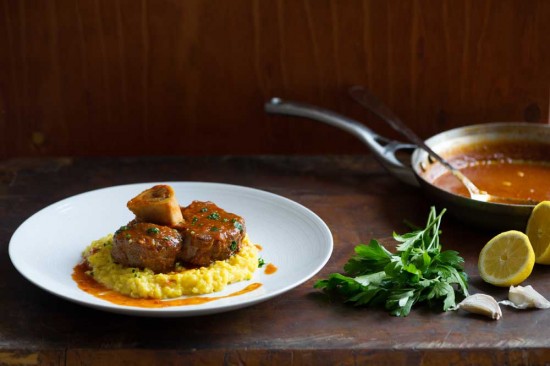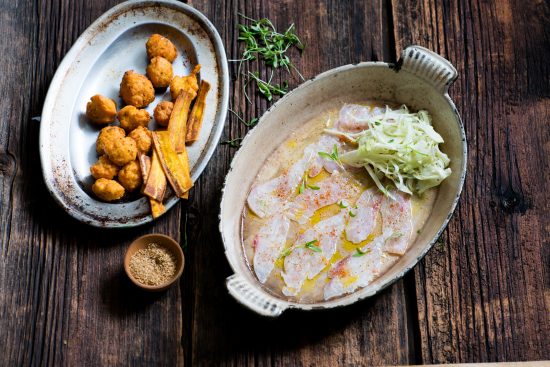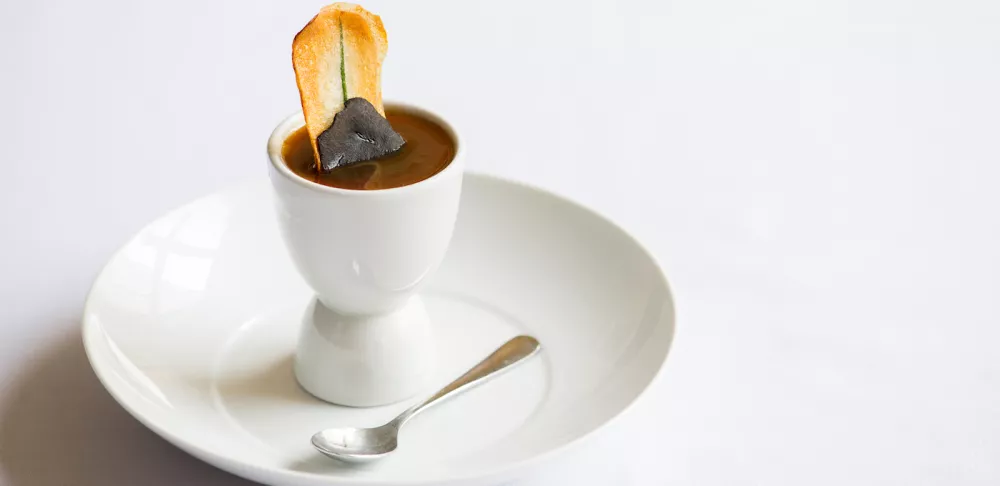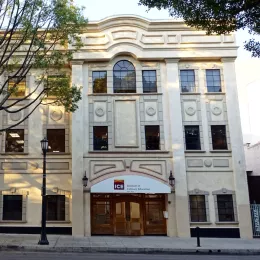ICE's Center for Advanced Pastry Studies (CAPS) is excited to announce our next course on July 17, led by food stylist Junita Bognanni (food stylist for Chef Jenny McCoy's "Desserts for Every Season") and food photographer Steve Legato (photographer for Chef Kathryn Gordon's "Les Petits Macarons").
Participants will learn trends in food styling, observe and analyze food styling by Junita and a photography shoot by Steve, then have the chance to try their hand at styling food themselves. In advance of this highly anticipated course, we sat down with Junita and Steve, respectively to learn a little more about their respective crafts and what participants can look forward to learning in the class.

Junita Bognanni
How do you approach each job to make it unique?
One of the things I love about food styling is that each job is one-of-a-kind. Not just the work—the client, the location, the team and subsequently the mood of each photo shoot—are different every time. I don't have to do much to make each job unique, because that's the nature of the business!
What is one of the most important lessons you have learned along the way?
After a job is finished, people remember how it was to work with you almost as much as they remember the work itself. A positive attitude goes a really long way in this business.
What’s the biggest mistake you have ever made? I can't recall a colossal mistake, but I know from experience that small mistakes happen to the best of us and it's usually the result of rushing. Whether it's reading a recipe incorrectly, forgetting to set a timer or buying the wrong cut of pork, there's almost nothing that can't be fixed if you keep a cool head about you.
If you weren’t a food stylist what would you be doing instead?
I would be the proprietress of a culinary bookstore! Or I would spend more time with my young son, spending his nap times gardening, baking for fun or just reading a good book. Whatever it may be, my life will always involve food and words in some form or another.
We’re proud to note that you’re an ICE alum! What was the most valuable takeaway from your experience at ICE?
Enrolling in the pastry program at ICE was one of the best decisions I've made, not to mention super fun. I met so many people making a career out of food in such interesting and diverse ways. The biggest takeaway for me was realizing that I could craft a culinary career of my own that need not involve working in a restaurant. Food styling used to be what I call a "secret job"—one that exists right under our noses, invisible unless you're in the know. Attending ICE gave me the opportunity to work with people in the food styling field and the confidence to strike out on my own.

Steve Legato
You seem to have a lot of culinary experience and cooking intuition. After all, the first line in your bio on your website is, “I can break down a whole chicken with a butter knife.” Why did you choose visual arts over culinary arts?
If anything, food photography opened my eyes to how much there is to know about food—and especially how much I didn't know. And I find that utterly compelling! It's been tempting to delve into the culinary arts directly but then I came to terms with the idea that I have, fortunately and gratefully, a great means to explore and experience it through photography—to be inspired and educated by it even as I try to interpret it in photographs. So I photograph, but then I come home and cook.
Which controllable element do you feel is the most important when setting up a shot and why?
There are so many factors—composition, color, fascinating ingredients—that come into play within a photograph, but I would say the single most important element is light because it affects how we see everything. Quality of light. Direction. Intensity. Temperature (warmth or coolness). Exposure. Notice the long shadows of a summer evening. Or the hazy glow just after sunset. Note the unforgiving harshness of certain lighting in a bathroom or even a restaurant. Note the glow near a window on a cloudy day.
What camera set up or equipment would you recommend to a novice?
I always say that a decent lens is worth your investment. The camera will be obsolete in three years. And, nowadays, there are not many bad cameras out there; they are all mostly spectacular. In terms of lighting; a diffusion panel (a translucent material stretched over a circular or rectangular frame that comes in a variety of sizes and set-ups) is a pretty handy thing and can be used in a ton of ways: to diffuse light, to shade, to shield a dish from dozens of light sources. Also, a piece of white foamcore to use as a reflector. And, of course, a tripod!
How do you feel about all of the new technology (smartphones, editing technology, etc.) within your profession?
It’s an amazing time to be a photographer—for both professionals and amateurs. The camera technology from smartphones to high-end pro equipment is amazing across the board. And the ability to shape an image after you take it in photo editing apps/programs is incredible. I also believe that we are severely limited by only viewing/creating/digesting images on phones. A phone makes decisions for you. Tons of decisions! So go out and have fun and use a camera that you can make decisions with.
Want to learn more about continuing your culinary education with CAPS? Click here to check out our upcoming courses.




